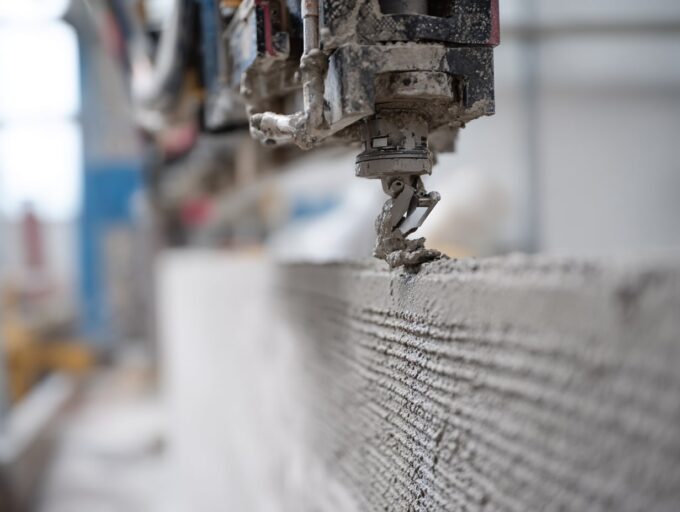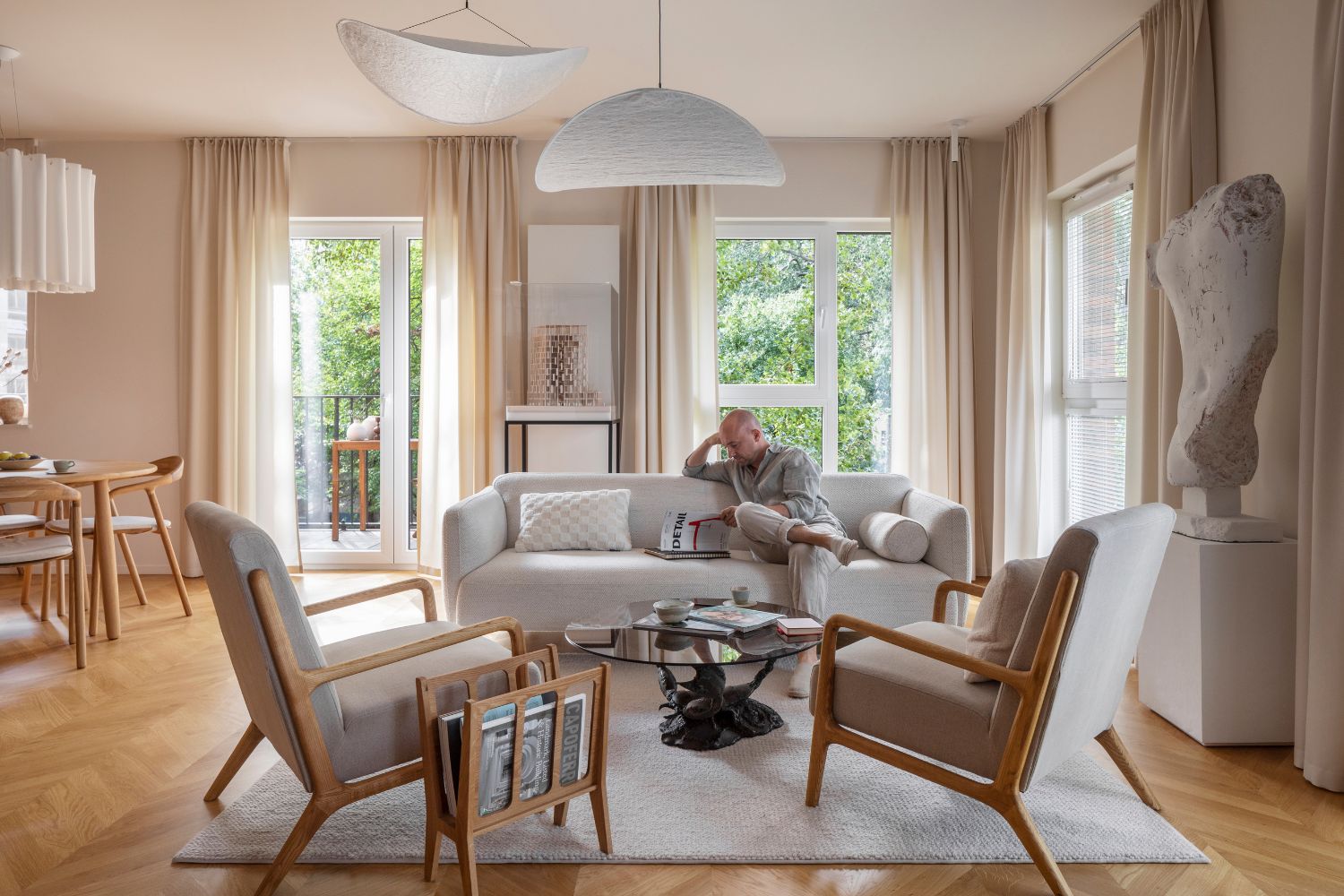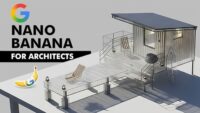- Home
- Articles
- Architectural Portfolio
- Architectral Presentation
- Inspirational Stories
- Architecture News
- Visualization
- BIM Industry
- Facade Design
- Parametric Design
- Career
- Landscape Architecture
- Construction
- Artificial Intelligence
- Sketching
- Design Softwares
- Diagrams
- Writing
- Architectural Tips
- Sustainability
- Courses
- Concept
- Technology
- History & Heritage
- Future of Architecture
- Guides & How-To
- Art & Culture
- Projects
- Interior Design
- Competitions
- Jobs
- Store
- Tools
- More
- Home
- Articles
- Architectural Portfolio
- Architectral Presentation
- Inspirational Stories
- Architecture News
- Visualization
- BIM Industry
- Facade Design
- Parametric Design
- Career
- Landscape Architecture
- Construction
- Artificial Intelligence
- Sketching
- Design Softwares
- Diagrams
- Writing
- Architectural Tips
- Sustainability
- Courses
- Concept
- Technology
- History & Heritage
- Future of Architecture
- Guides & How-To
- Art & Culture
- Projects
- Interior Design
- Competitions
- Jobs
- Store
- Tools
- More
Essential Guide to Architecture Feasibility Study for Successful Project Planning
Unlock the potential of your architectural projects with a comprehensive feasibility study. This article explores the vital components of assessing project viability, including site analysis, financial assessments, and regulatory compliance. Learn how to identify risks, optimize resources, and enhance decision-making, ensuring your vision aligns with reality.

When embarking on a new architectural project, understanding its feasibility is crucial. An architecture feasibility study helps us assess whether our vision can become a reality, balancing creativity with practicality. It dives into various factors like site conditions, budget constraints, and regulatory requirements, ensuring we’re well-prepared for the journey ahead.
By conducting a thorough feasibility study, we can identify potential challenges and opportunities early on. This proactive approach not only saves time and resources but also enhances our decision-making process. Whether we’re planning a residential development or a commercial space, knowing the ins and outs of feasibility can make all the difference in turning our ideas into successful structures. Let’s explore the key components that make up an effective architecture feasibility study and how it can guide us in our projects.

Table of Contents
ToggleOverview of Architecture Feasibility Study
An architecture feasibility study evaluates a project’s potential by analyzing critical factors that influence its success. It ensures thorough consideration of site conditions, budget constraints, and regulatory requirements. The study serves as a roadmap for decision-making, highlighting both opportunities and challenges.

Key components of an architecture feasibility study include:
- Site Analysis
Site analysis examines the geographic, geological, and environmental characteristics of the location. It identifies factors like zoning regulations, access to utilities, and neighboring properties, which affect design possibilities.
- Financial Assessment
Financial assessments determine project viability against budget limitations. We outline costs for materials, labor, and permits, ensuring fiscal responsibility while aiming for project goals.
- Regulatory Compliance
Regulatory compliance identifies necessary permits and approvals required by local authorities. We assess how zoning laws impact design and outline necessary adjustments to align with legal mandates.
- Design Considerations
Design considerations focus on aesthetic and functional aspects. The study explores architectural styles, materials, and innovative solutions that align with our vision while also addressing practical needs.
- Timeline Evaluation
Timeline evaluation establishes a realistic schedule, highlighting potential delays and milestones. A well-structured timeline allows for efficient project management and helps keep stakeholders informed.
By focusing on these components, an architecture feasibility study effectively minimizes risks and aligns our goals with reality, paving the way for successful project execution.
Importance of Feasibility Studies
Feasibility studies play a critical role in evaluating architectural projects. They guide us in understanding the complexities involved and set the foundation for informed decision-making.

Assessing Project Viability
Assessing project viability entails evaluating various elements that influence success. We consider site conditions, environmental factors, and community impact during this assessment. Financial feasibility examines costs, funding sources, and expected returns. Regulatory compliance ensures alignment with local zoning laws and building codes. Effective analysis of these components helps us determine whether a project is realistic and sustainable, enhancing the likelihood of its success.
Identifying Potential Risks
Identifying potential risks involves recognizing obstacles that could hinder project execution. We examine factors such as market fluctuations, construction delays, and unforeseen expenses. By systematically assessing these risks, we develop strategies to mitigate negative impacts. Early detection of challenges allows us to adapt plans, allocate resources more effectively, and maintain timelines. This proactive approach ultimately strengthens our ability to deliver successful architectural outcomes.
Key Components of an Architecture Feasibility Study
A comprehensive architectural feasibility study involves several key components that collectively assess a project’s viability. Each component requires careful consideration to ensure success.

Site Analysis
Site analysis examines the physical characteristics and conditions of the project location. Factors include topography, access to utilities, environmental constraints, and existing structures. We assess site dimensions, soil quality, and surrounding infrastructure to identify any limitations or advantages. Conducting a thorough site analysis enables us to understand how these elements align with project goals, ensuring optimal design and functionality.
Financial Assessment
Financial assessment evaluates the project’s budgetary scope and economic viability. We analyze initial costs, ongoing expenses, potential returns, and funding sources. Key elements include construction expenses, operational costs, and financing models. By estimating total project costs and comparing them with anticipated revenue, we identify financial risks and opportunities, enhancing our decision-making process and ensuring sustainable project execution.
Design Considerations
Design considerations focus on the aesthetic and functional aspects of the project. We analyze how architectural style, space planning, and material selection impact user experience and project feasibility. Important factors include compliance with building codes, environmental sustainability, and community preferences. Addressing these design elements early in the feasibility study helps us develop a vision that meets stakeholder needs while aligning with regulatory requirements and budget constraints.
Steps Involved in Conducting a Feasibility Study
Conducting an architectural feasibility study involves systematic steps that guide us toward informed decisions. Each step ensures thorough evaluation and planning, addressing the critical factors impacting the project’s success.

Preliminary Research
Preliminary research sets the foundation for the feasibility study. We gather existing data about the project site, including zoning laws, land use regulations, and any prior studies conducted in the area. This step helps identify initial constraints and opportunities. We also engage with local authorities and stakeholders to understand community needs and expectations.
Data Collection and Analysis
Data collection and analysis drive our assessment of the project’s viability. We collect quantitative and qualitative data relevant to the site, such as environmental assessments, demographic information, and infrastructure availability. We perform site visits to evaluate physical characteristics, such as soil quality and environmental implications. Analyzing this data helps us identify potential risks, costs, and benefits associated with the project, allowing for a comprehensive understanding of the architectural context.
Reporting Findings
Reporting findings consolidates our research and analysis into actionable insights. We prepare a detailed report outlining key findings, recommendations, and potential challenges. This report includes visual aids, such as maps and charts, to enhance clarity. By presenting this information to stakeholders, we facilitate informed decision-making, ensuring that all parties understand the project’s feasibility and its alignment with broader goals.
Conclusion
Architectural feasibility studies play a pivotal role in evaluating the viability of projects. By systematically assessing site conditions, financial considerations, regulatory environments, and design requirements, we establish a strong foundation for decision-making. Recognizing the importance of these studies helps us navigate challenges and seize opportunities early in the process.
We analyze critical components such as site analysis, financial assessment, and design considerations to effectively determine project potential. These components inform our understanding of the complexities involved in architectural initiatives, guiding us toward successful outcomes.
Identifying potential risks, like market fluctuations and construction delays, equips us with strategies to mitigate challenges as we progress. A structured approach ensures resource allocation and timeline management align with project goals.
Through thorough reporting, we consolidate our findings into actionable insights, promoting transparency among stakeholders. This clarity ensures that our projects meet practical requirements while addressing community needs and preferences. Ultimately, conducting a comprehensive feasibility study positions us for success and strengthens our capacity to bring architectural visions to life.
- and architecture design feasibility.
- architectural planning process
- architectural project management
- architectural project planning
- Architecture feasibility study
- architecture project feasibility
- construction project feasibility
- feasibility analysis architecture
- feasibility assessment architecture
- feasibility study for architects
- feasibility study in construction
- planning architecture projects
- project feasibility study guide
- project planning architecture
- successful architecture planning
I create and manage digital content for architecture-focused platforms, specializing in blog writing, short-form video editing, visual content production, and social media coordination. With a strong background in project and team management, I bring structure and creativity to every stage of content production. My skills in marketing, visual design, and strategic planning enable me to deliver impactful, brand-aligned results.
Submit your architectural projects
Follow these steps for submission your project. Submission FormLatest Posts
Why Timely Intervention Is Critical In Controlling Household Pest Problems
Pests move fast, so your response has to move faster. The sooner...
Evaluating Safety and Care Needs for Aging Parents
Caring for a parent involves balancing respect for independence with real-world safety....
Solutions to Keep Every Room Organized
Clutter sneaks in fast, but a calm home is built one small...
How to Read Construction Drawings: A Practical, Field-Tested Guide
How to read construction drawings: a clear, step-by-step guide to decode sheets,...












Leave a comment